Why 'Missing Link' is the most ambitious stop-motion movie of all time - interview
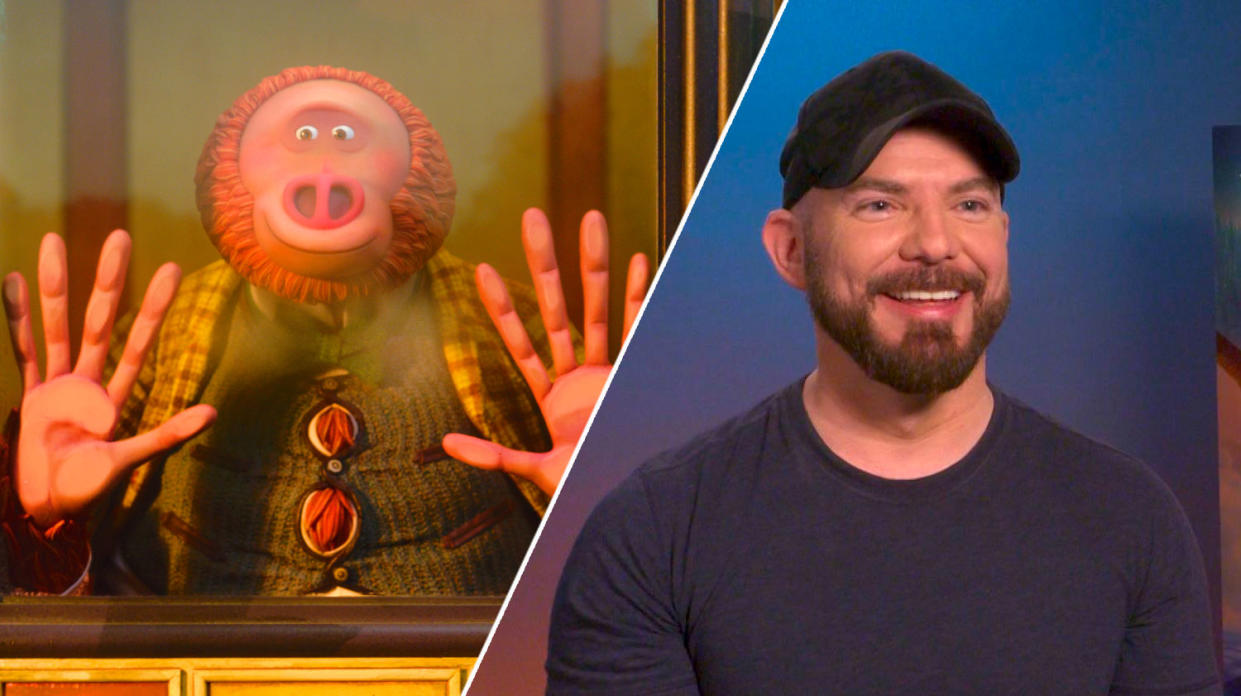
North American stop-motion pioneers Laika Studios return to cinemas today with the utterly charming Missing Link. The studio’s latest animation sees Hugh Jackman’s British adventurer Sir Lionel Frost tracking down Sasquatch – humanity’s missing link – in a bid to earn recognition from his explorer peers.
However, when he finally finds the eight-foot tall, fur-covered Mr. Link – a surprisingly sophisticated simian creature voiced by Zach Galifianakis – he discovers a kindred spirit, and the pair go on a globe-trotting romp.
British born-director Chris Butler describes the film as “Indiana Jones meets Sherlock Holmes meets Planes, Trains and Automobiles“, and it’s bang on the money. It’s a ton of fun.
With a star-studded voice cast that also includes Stephen Fry, Zoe Saldana, and Emma Thompson, enough charm to beat Aardman Animations at their own game, and the stunning visuals that the studio that brought us Coraline, The Boxtrolls, and Kubo and the Two Strings has become synonymous with, Missing Link is sure to be a monster hit over the Easter break.

It can also stake a claim to being the most ambitious stop-motion feature film ever made. With hundreds of thousands of storyboards, the most complex silicon puppet ever designed, and pioneering bespoke facial animation technology, Missing Link is a gargantuan achievement in filmmaking.
Director Chris Butler explained to Yahoo why it took half a decade to make his magnum opus, which is in cinemas now.
Yahoo Movies UK: How long has this film taken to make, as these things are huge projects?
Chris Butler: I think, officially, it’s about five years. So we had a year of development, which is pretty quick actually. Sometimes these things stay in development for years, and years, and years.
But I think because I’m the writer and the director, there’s kind of no excuse to have it languish in development. It’s like, I know what I’m writing, because I know what I want to see. So it’s easy to progress through that part.
Then we have pre-production, and that’s about a year. And that’s when you’re working on the designs, you start building the assets. Because obviously, there’s a lot of sets, there’s a lot of puppets, there’s a lot of physical assets that need to be created.
And at the same time that you’re doing that you’re recording the voices. And you start storyboarding the movie, and that – for those who don’t know – is drawing whole movie first. You need to do that, because you need to know what you’re doing with every shot before you start to shoot it. So that’s all pre-production.
How many storyboards are we talking about?
Oh, hundreds of thousands. Yeah. So it depends on the scene. If it’s a complex action scene, you will have a drawing for every little movement. If it’s a conversation scene, like if it’s us two talking in a hotel room, then you might have a couple of drawings, because it might be a shot of you and then a shot at me.
Read more: Hugh Jackman – I wasted years of my life
But it’s like a giant comic book. And it’s to figure out exactly what you’re going to end up shooting. The thing with animation is obviously, you can’t just put the camera where you want. And if it doesn’t work, move it, it has to be meticulously planned, because it’s so slow.
So there’s a lot of planning, that really is what pre-production is. Then you start production. That’s that’s the lion’s share of the time. In this one, it was two years. That’s long. A lot of animation, it’s a year and a half. But this was a hugely ambitious project in terms of scope and scale, so we knew it was going to take a while.
More ambitious than previous Laika Studios films?
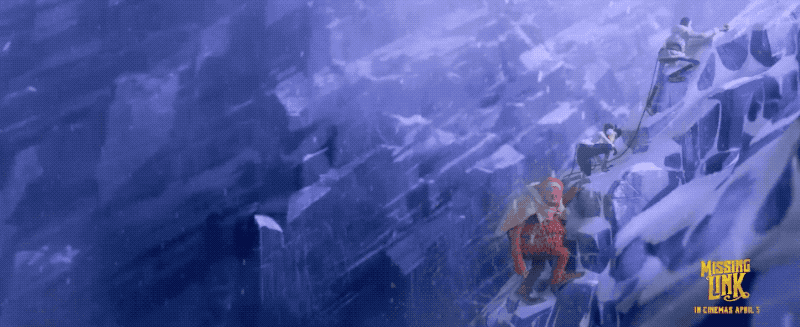
Yeah. And I know we say that every time. We’re like, ‘yeah, this is the most ambitious thing that we’ve done’. And i’m like ‘yeah, until next time’. But it’s true. It really is.
And I think it’s because every time we make one, we are innovating, and we were pushing the boundaries, and we’re coming up with new solutions to problems. And because we do that, I think it enables us to reach further on the next one. And someone said to me, ‘because of all the innovations that you make, it must become easy by now?’ But no, now becomes harder, because you make more complicated movies.
And certainly this movie, we would not have been able to make this 10 years ago.
So what specific innovations are we talking about that are new to this?
Well, a lot of the innovations were explored in previous movies, but we’ve refined them for this movie.
So in terms of the complexity of the puppets as an example: Mr. Link is the most complicated puppet that we’ve ever come up with. He is a giant ape man who is covered in hair. That hair is… he’s a silicon puppet, that hair all has to move in relation to itself.

And that takes feats of engineering that are mind blowing. He was a difficult challenge to beat. The thing with silicon is that if you bend it or fold it in the wrong way, instantly, it looks like rubber and you know, it’s not a hair covered creature who’s eight feet tall.
So you’ve got to engineer it so that whatever that character is doing with his limbs, however he’s turning or moving, the hair feels like it’s real, like it’s sitting on a real body. So he was hugely complicated. I think because we had a hair covered creature – we had monkey in Kubo and the Two Strings – so there was a lot of exploration done for hair. And you learn a lot from that process.
I think in terms of the scale of the movie – the size – it’s a giant travelogue, spanning the globe. So we’ve used a lot of digital digital technology. Kubo was a pretty big movie, we use a lot of digital set extensions.
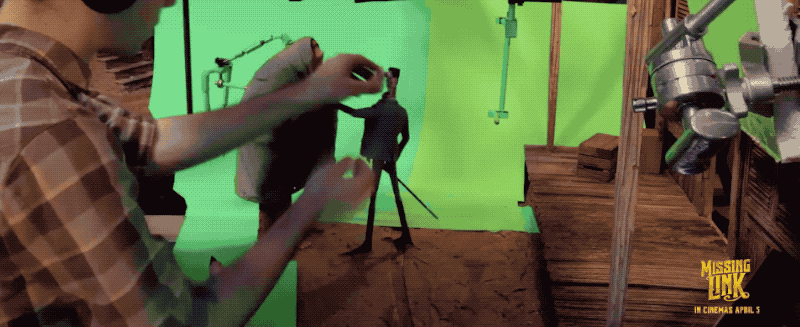
We’ve refined that process. And I think we’ve come to a place where the digital extensions feel like a completely natural extension of a physical set. CG characters, background characters, you can’t make a movie that covers the whole world, and have it populated entirely by puppets, because no animator could animate them.
It would just take forever right?
Yeah, you just can’t physically do it. But me, especially, I’ve been a fan of animation for a long time: the thing that I hate the most is when you watch an animated movie, and you notice that the background characters feel different from the main characters, you notice that they’re kind of substandard, or of feel like they’re identikit.
So you’re always striving to try and make them feel [of] the same fabric.
Tangible?
Yeah, part of the same thing and created by the same hand, in a sense. You don’t want to feel like different people make different aspects.
And I think we’ve come to a place with our digital background characters where they fit in seamlessly with the puppets. There are scenes that – I know how all this was made – but there’s still scenes that I watch where I’m like, ‘I can’t I can’t see the seam’. I can’t see that the divisions between the two.
I think we’ve also come to a place with facial animation that is this stunning. It’s always a thing for me… I come from a background 2D animation, so facial performance is a big thing for me. And with the printed faces, we first started using 3D printers on Coraline, and it was the first time it’d ever been done in stop motion.

And we’ve constantly been refining, we’re constantly getting new equipment. But I think this is the first time that we had a completely bespoke system for facial animation. In the past, we created mouth and eyebrow shapes that we put together in sequence in the computer, and we reuse them. It’s almost like a library of faces.
We didn’t do that on this movie. Every single shot is bespoke, every single shot is unique. We animate specific to each shot. And it allows for sophistication and a nuance of performance that we’ve never had before.
It’s interesting that you’re talking about what the digital extensions and that sort of thing. As I was at Aardman’s studio recently doing a set visit. And they’re almost the very polar opposite of Laika Studios in terms of they really want the “thumbiness” on the characters. They build everything, but it seems like Laika has moved completely in the opposite direction in terms of looking for a more almost a hyper real look…
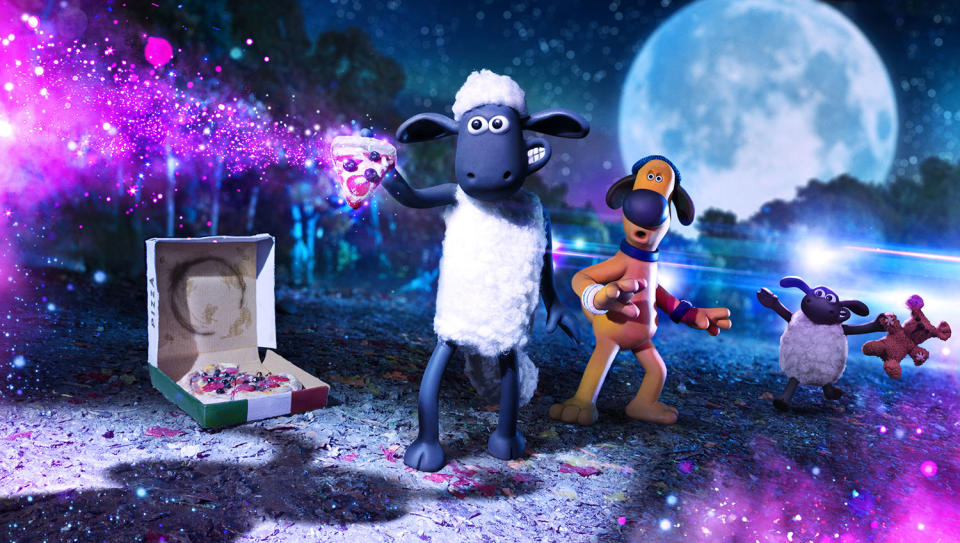
I wouldn’t call it a hyper real, but yeah, I think it’s okay that you move in different directions.
I think for me, it’s about having a consistent aesthetic. I love stop motion, that has that kind of what you call “thumbiness”, that charm. That’s a distinct aesthetic.
It’s the same like way with Wes Anderson movies. They nod to the [Ladislas] Starevich-style stop motion of the early 20th century, where it almost looks like taxidermy. And that is a look. And it is a beautiful look, and I’m into it.
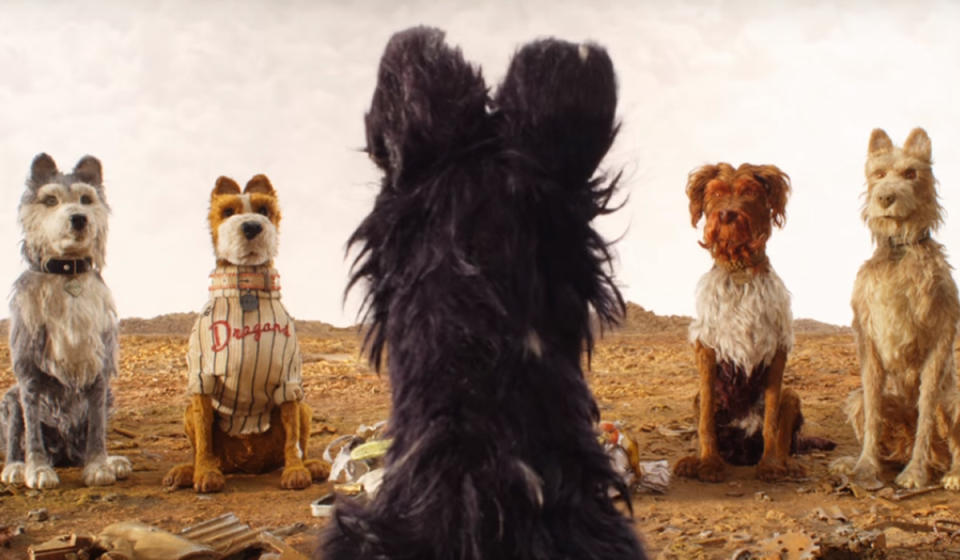
But we shouldn’t all be doing that look. There is enough room, there is enough creativity and diversity around in talent, that we don’t all have to make movies that look alike. What I like about Laika is that, Travis Knight talks about us as “Luddites who’ve embraced the loom” you know?
In that we are more than happy to embrace technology in order to to give you the best looking image on the screen. We’re not going to avoid doing something because of some untold law of stop motion nostalgia.
Another reason I bring up Aardman, is that this almost feels like the most Aardman-y of the Laika films. It’s got that warmth and charm, that very parochial feel…
It’s very British.
Was that something you were going for?
I think that’s me. Obviously, I’m British. So I think that’s in there.
I definitely see what you mean. It’s hard to avoid that stuff, especially when you’re playing in that world of like, old British colonialism. It’s so stupid. I mean, these people are so daft that you can’t help but have that tongue in cheek… there’s a certain tongue in cheek whimsy. You know, it’s unavoidable.
Read more: New Shaun The Sheep 2 trailer
I’ve been living in the States now for a long time, but plenty of people have remarked that the movie still has a somewhat British sensibility, and certainly, to some of the comedy. But I think that’s because of what I grew up with. And I grew up with the same stuff that the Aardman guys grew up with.
You talk about the film being British, and you’ve got Hugh Jackman – an Australian – in the lead. Hugh told us that his parents are British, and so the accent is easy for him – how did you land on him for Sir Lionel Frost?
Well, first of all, I knew about his his parents, but I also all Australian actors are great at accents for some reason.
Sir Lionel is our Indiana Jones. He’s our leading man. And there’s a certain charisma that needs to go with that. I wanted someone who felt like like an old school, Hollywood, traditional hero, and all that that entails.
And he’s also a bit of a jerk, you know, that character is not a particularly nice guy. I mean, ordinarily, I’d use a worse word than that, but I’m trying to be polite. It was interesting to me to have a main character who was incredibly flawed. He’s selfish. And he definitely goes on a journey.
One of the influences on this, I often call it Indiana Jones meets Sherlock Holmes meets Planes, Trains and Automobiles. And it’s that buddy movie sensibility. And if John Candy is is more Mr. Link, then you know Sir Lionel has to be the kind of more acerbic side to that.
So he’s at times, he’s not a very likeable character. But I need the audience to like him, I need the audience to be with him every step of this journey. And Hugh was perfect for that, because he’s just effortlessly charming.
As soon as he starts speaking, you like the guy. So that was a big part of it. And when I’m writing, I’ve often got actors voices in my head. And I thought a lot about Hugh Jackman. Some of the earliest designs that I did was based on him, so I was lucky enough when he said yes to doing it. Because you don’t always get that.
Missing Link is out now.

 Yahoo Movies
Yahoo Movies 

